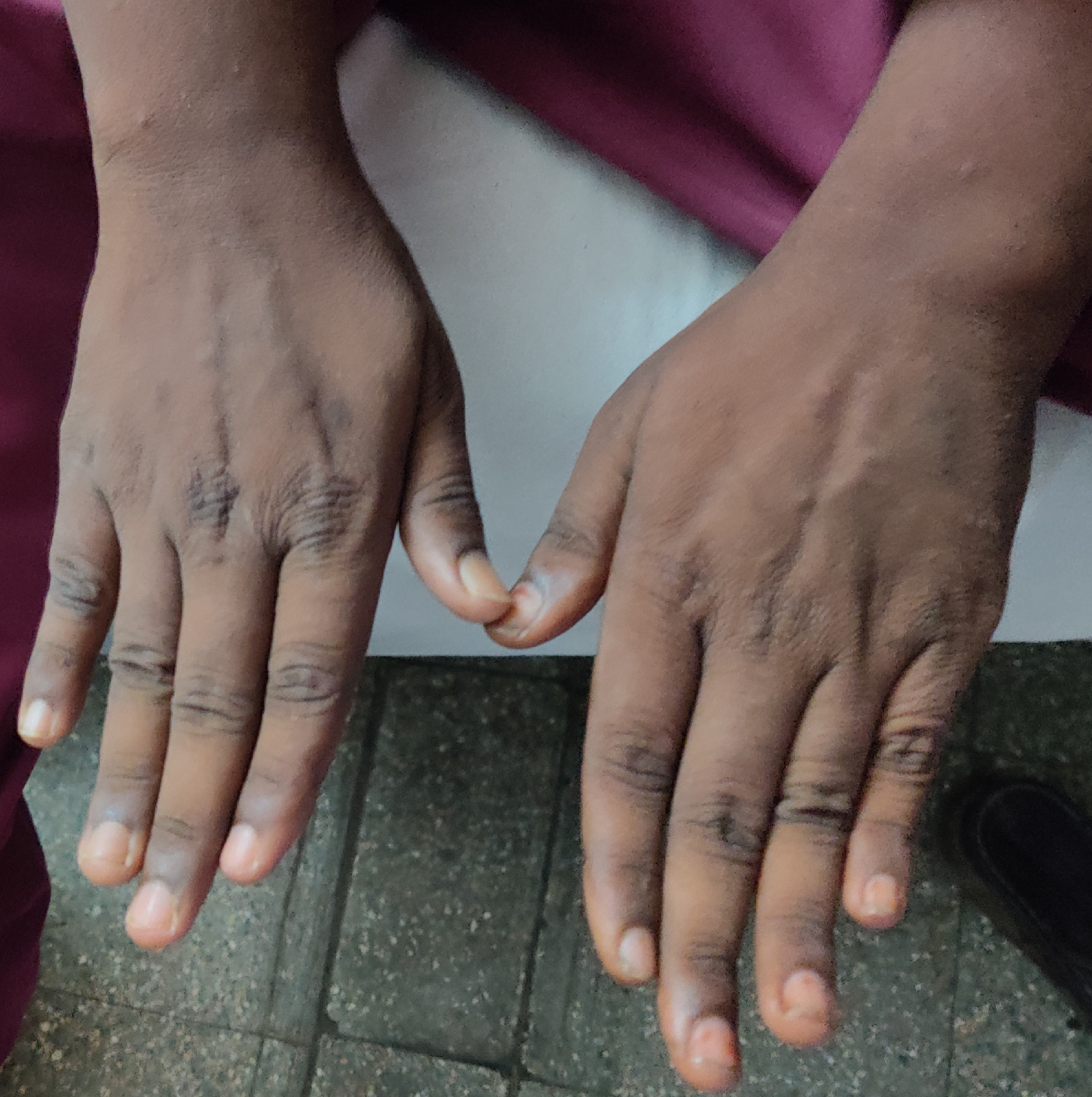ADRENAL TUMORS [131 durga T]
ADRENAL GLAND TUMORS
Adrenal tumors are cancerous or noncancerous growths on the adrenal glands
The adrenal glands are located above the kidneys and have two parts, the adrenal cortex and the adrenal medulla. The adrenal cortex secretes hormones including cortisol and aldosterone. The adrenal medulla produces dopamine, epinephrine and norepinephrine. There are different types of adrenal tumors, and they can be either cancerous or noncancerous (benign).
Aside from categorizing them as noncancerous (benign) or cancerous (malignant), they are categorized as functioning or nonfunctioning. Functioning tumors lead to overproduction of one or more of the normal adrenal hormones.
CAUSES:
The cause of most adrenal tumors is unknown. Some hereditary conditions have been linked to an increased risk of developing an adrenal tumor. The hereditary conditions include:
- Carney complex
- Li-Fraumeni syndrome
- Multiple endocrine neoplasia type 2
- Neurofibromatosis type 1
Adrenal tumors can cause several problems. These problems can include:
- Cushing’s Syndrome: This condition occurs when the tumor leads to excessive secretion of cortisol. While most cases of Cushing’s Syndrome are caused by tumors in the pituitary gland in the brain, some happen because of adrenal tumors. Symptoms of this disorder include diabetes, high blood pressure, obesity and sexual dysfunction.
- Conn’s Disease: This condition involves excessive secretion of aldosterone. Symptoms include personality changes, excessive urination, high blood pressure, constipation and weakness.
- Pheochromocytoma: This condition causes excessive secretion of adrenaline and noradrenaline. Symptoms include sweating, high blood pressure, headache, anxiety, weakness and weight loss.
- Tumors of the adrenal cortex
- Adrenal cortical carcinoma
- Adrenal cortical adenoma
- Sex cord stromal tumors
- Adenomatoid tumor
- Mesenchymal and stromal tumors
- Hematolymphoid tumors
- Secondary tumors
- Adrenal cortical carcinoma
- Tumors of the adrenal medulla and extra-adrenal paraganglia
- Pheochromocytoma
- Extra-adrenal paragangliomas
- Neuroblastic tumors of the adrenal gland
- Composite pheochromocytoma
- Composite paraganglioma
Several signs and symptoms may be seen, including:
- Bruising
- High blood pressure
- Weakness
- High blood sugar levels or diabetes
- Low potassium levels
- Excessive hair growth
- Sweating
- Increased weight or weight loss
- Stretch marks on the abdomen
- Depressed mood
- Nervousness
- Anxiety/panic attacks
- Osteoporosis
- Fat deposits on the neck
- Heart palpitations
- Weight usually < 50 grams (in pediatric patients may weight up to 500 grams)
- Size usually < 5 cm
- Unilateral, solitary, golden yellow
- May have focal dark areas corresponding with hemorrhage, lipid depletion, increased lipofuscin
- Functional adenoma may result in atrophy of ipsilateral or contralateral adrenal cortex
- Microscopic (histologic) description
- In comparison to surrounding adrenal gland, adenoma cells are larger with different cytoplasm, increased variation in nuclear size
- Distinct cell borders, cells have abundant foamy cytoplasm reminiscent of zona fasciculata
- Balloon cells: clusters of cells with enlarged lipid-rich cytoplasm (seen in Cushing syndrome)
- Histologic variants: oncocytic, myxoid
- Abundant intracytoplasmic lipid droplets of varying sizes
- Prominent microvillous projections along cell borders
- Abundant smooth endoplasmic reticulum
- Prominent, round to oval mitochondria; cristae may have tubular to vesicular (zona fasciculata) or lamellar (zona reticularis) profile
- Difficult to impossible to distinguish from unremarkable adrenal cortex
- Cellularity varies, generally loose clusters of large cells
- Foamy / vacuolated cytoplasm
- Round to oval nuclei with smooth contours, may have naked nuclei, variation in nuclear size / shape has little significance .
.
















Comments
Post a Comment